"Viviendo para Contar: El Entrenamiento de Sara García, la Astronauta que Conquista el Espacio"
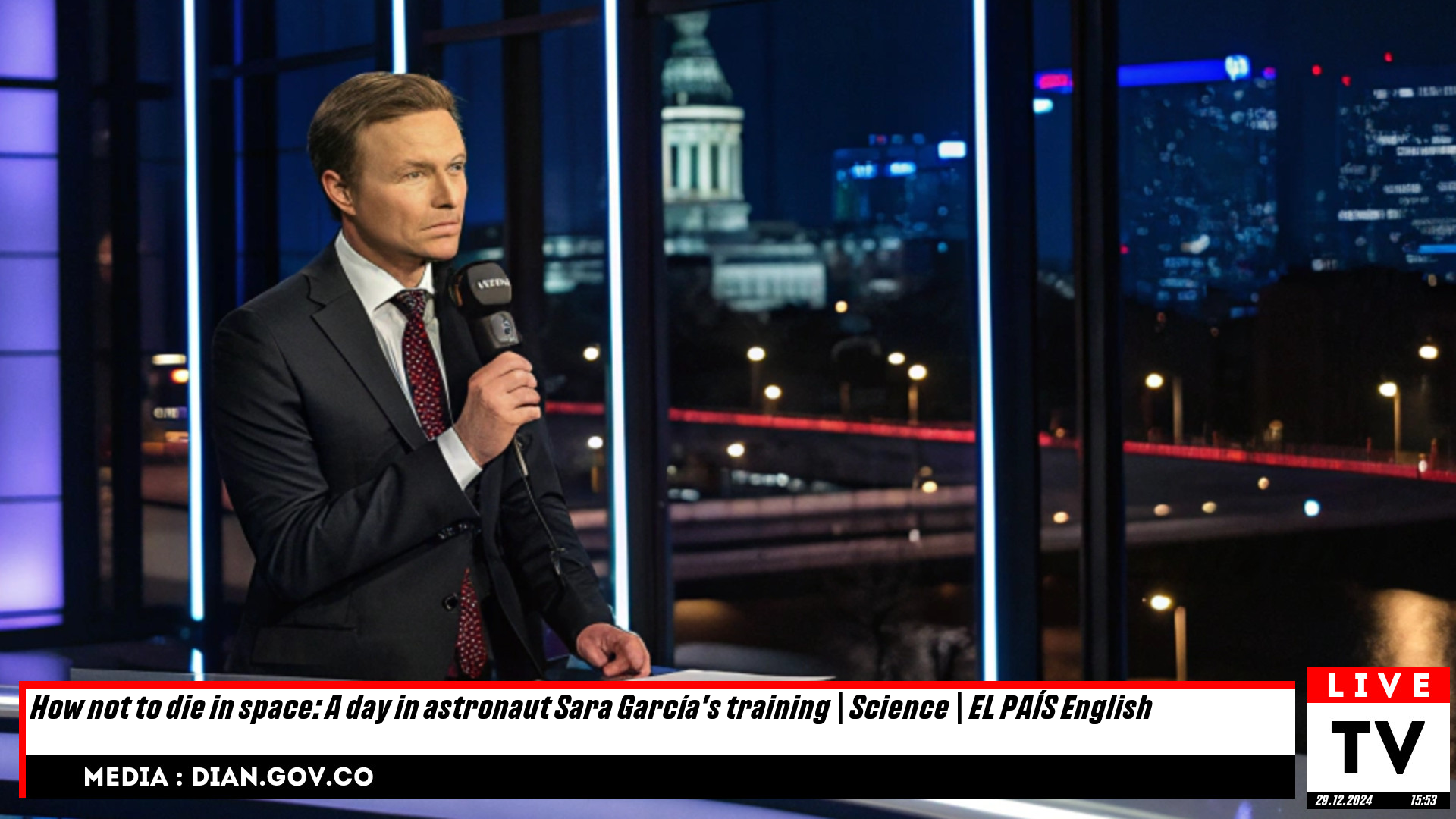
La oferta de trabajo era contundente. Se requería permanecer encerrado durante meses en un espacio claustrofóbico sin posibilidad de escapar, con solo la orina purificada de otras personas para beber y la obligación de actuar como un conejillo de Indias en experimentos invasivos. El riesgo de muerte era elevado; uno de cada 35 trabajadores fallecía en el intento. A pesar de todo esto, casi 23,000 postulantes con currículos sobresalientes se presentaron, de los cuales solo 17 superaron las rigurosas pruebas para convertirse en astronautas de la Agencia Espacial Europea (ESA) y unirse a "la mayor aventura de la humanidad": un viaje hacia la Estación Espacial Internacional, con miras a futuras misiones tripuladas a la Luna. La española Sara García, de 35 años, es una de las seleccionadas. El 28 de octubre, inició su entrenamiento con un objetivo primordial: aprender a no morir.
It’s 7 a.m. and García energetically welcomes two journalists from EL PAÍS to her temporary home, located near the imposing cathedral of Cologne, Germany. On a windowsill in the house are several balls of wool, from which she has just crocheted a small capybara. García fixes a quick coffee and heads in a borrowed car to the European Astronaut Centre, where she will receive training for six months, spread out until 2026.
French instructor Hervé Stevenin is waiting for García at the foot of one of the world’s largest swimming pools, 10 metres deep and containing almost four million liters of water. Here, novice astronauts learn to float among replicas of the modules of the International Space Station. Stevenin recalls the terrifying experience of Italian astronaut Luca Parmitano during a real spacewalk on 16 July, 2013. After half an hour, he realized that something was terribly wrong. “I feel like there’s a lot of water behind my head,” Parmitano warned as he orbited the Earth at 28,000 kilometers per hour, attached to the outside of the space station. A liquid leak quickly began to fill his helmet, covering his ears, eyes, and even his nose. Unable to hear, with barely any vision and on the verge of dying of asphyxiation, the Italian returned calmly to the airlock using his memory, just in time to survive.
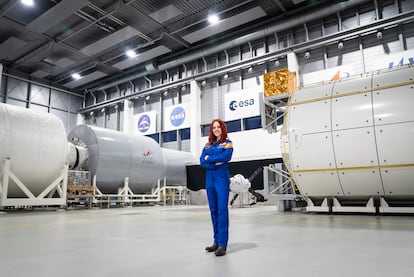
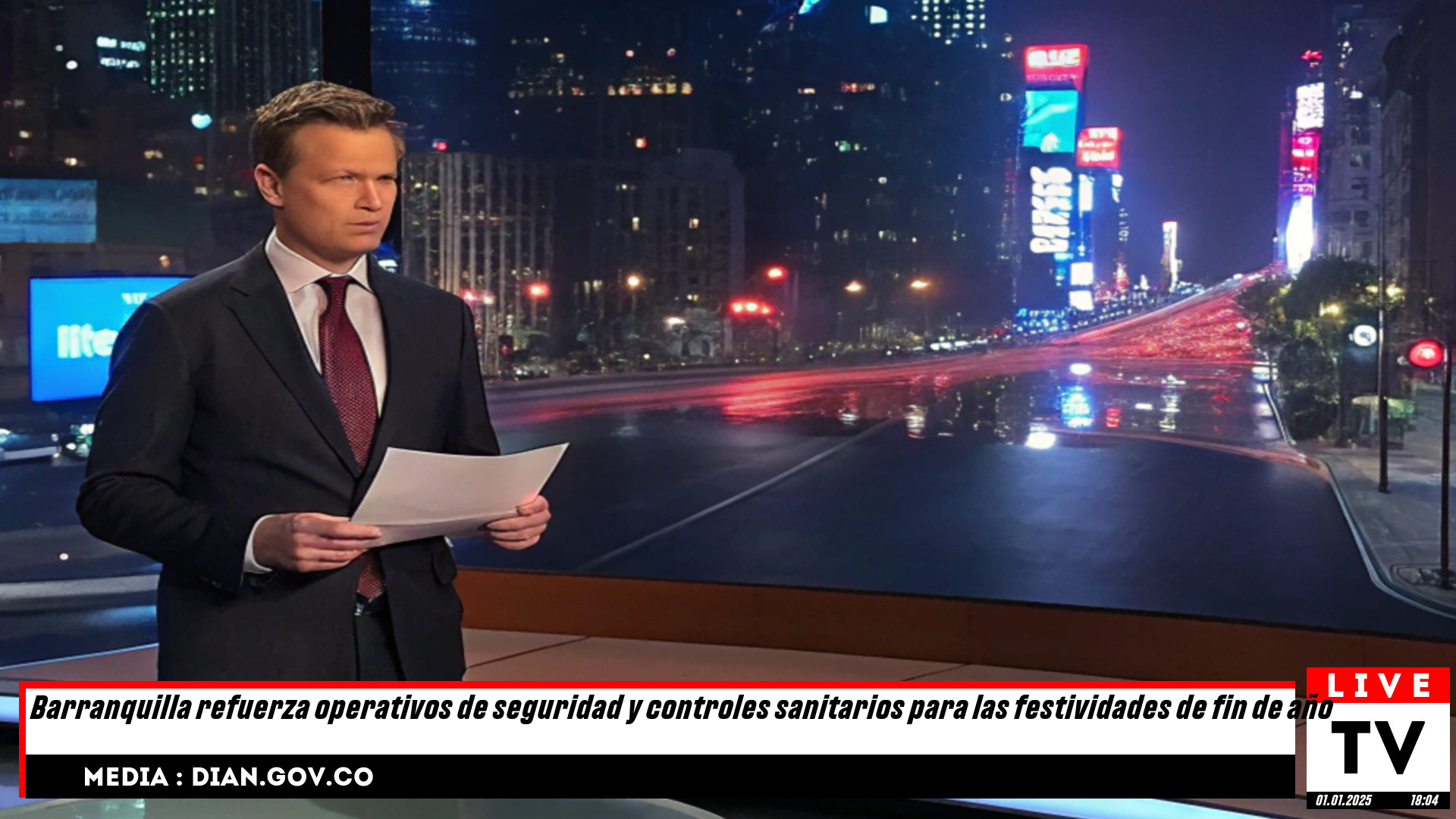
Barranquilla intensifica medidas de seguridad y salud ante las celebraciones de fin de año.
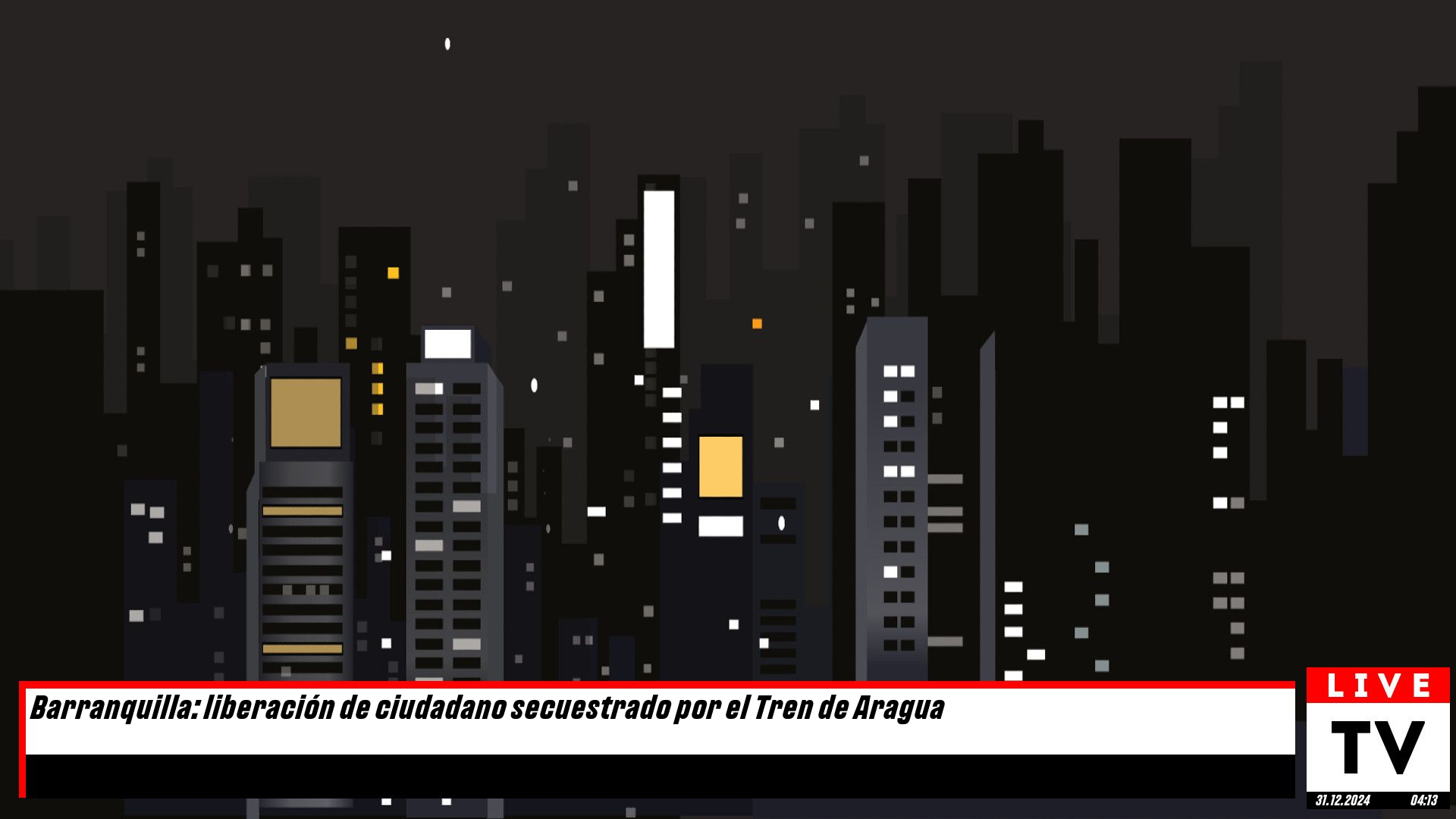
¡Éxito en Barranquilla! Liberan a ciudadano secuestrado por el Tren de Aragua
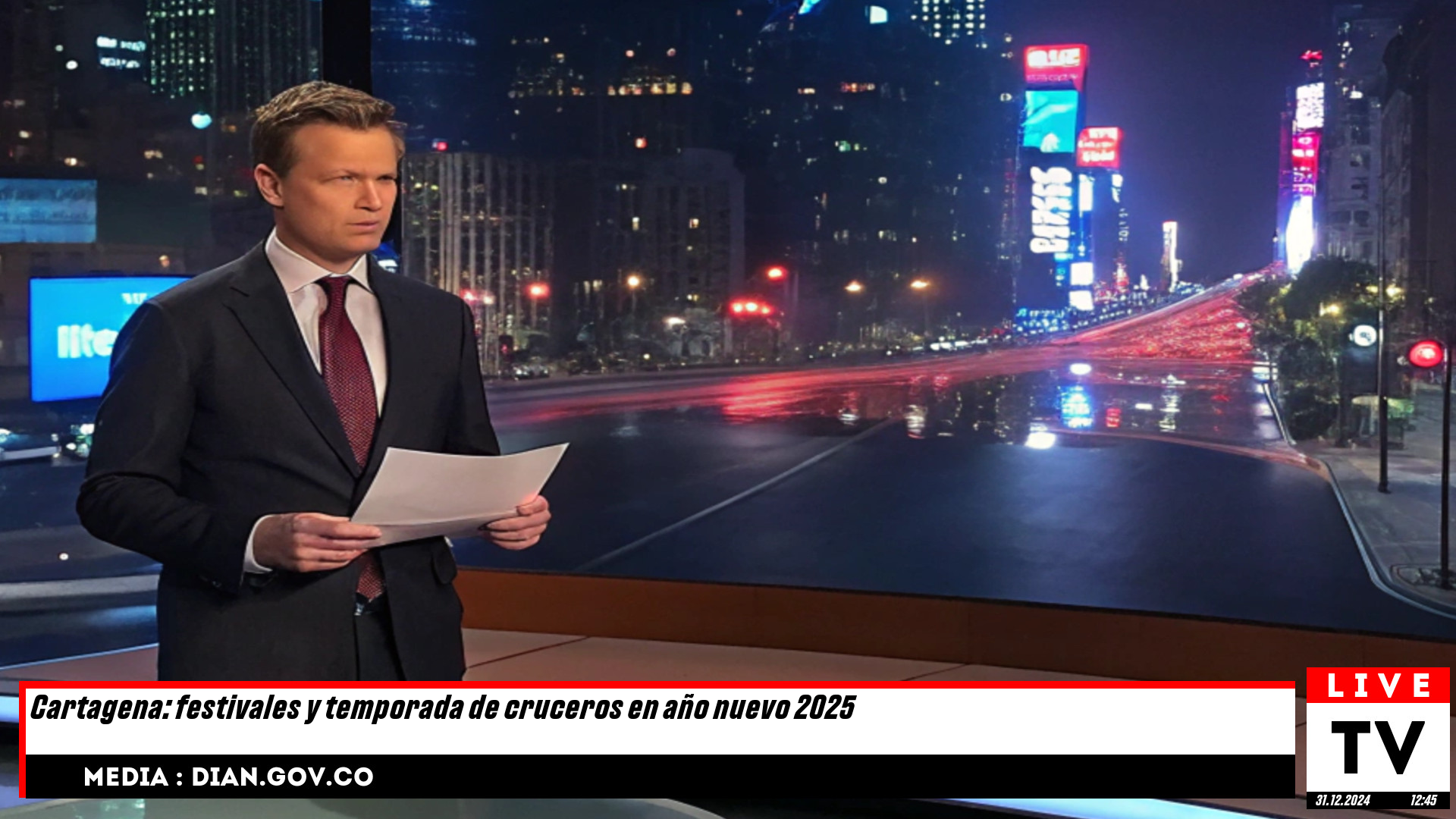
¡Cartagena se prepara para un espectacular inicio de 2025 con festivales vibrantes y cruceros emocionantes!
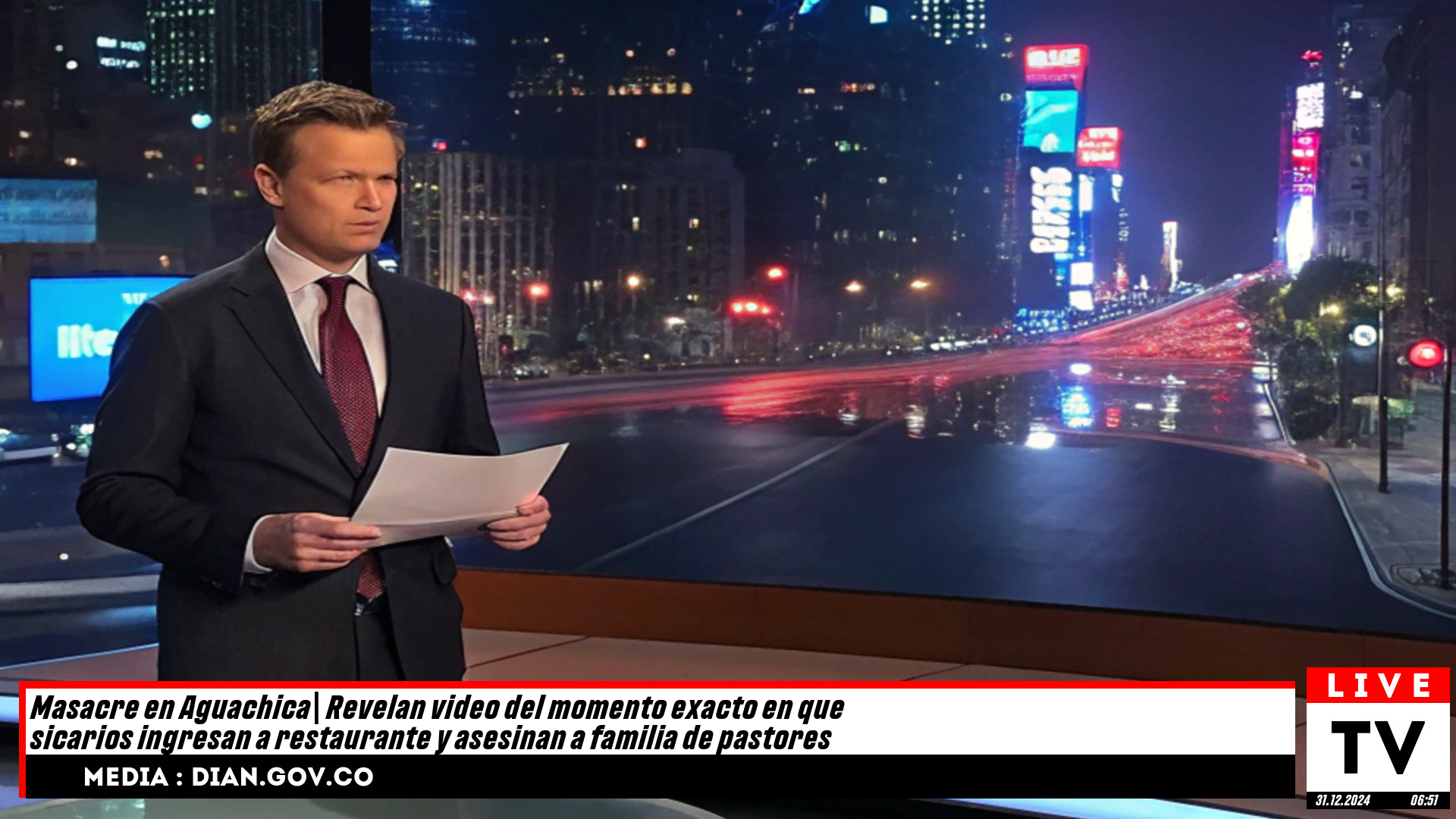
Sangriento ataque en Aguachica: Captan en video el instante en que sicarios abren fuego en un restaurante, cobrando la vida de una familia de pastores.

Identifican a la madre de tres hijos víctima de feminicidio en la Vía al Mar: una tragedia que conmueve a la comunidad.

¡Cartagena se prepara para celebrar los 25 años de Farex con grandes festejos!

